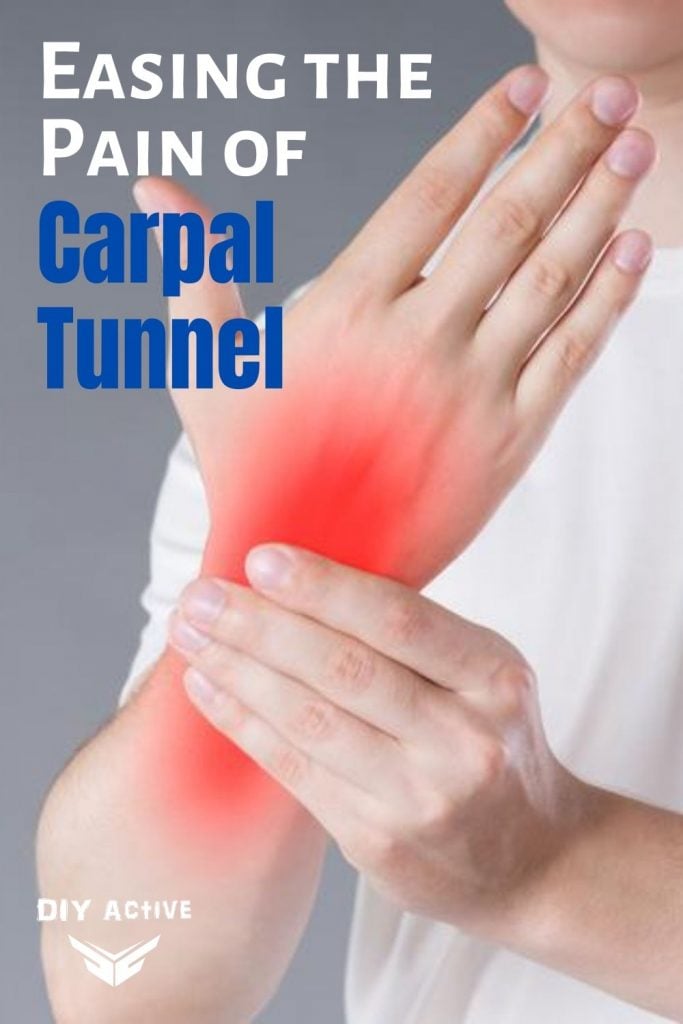Easing the Pain of Carpal Tunnel
The pain associated with carpal tunnel syndrome can range from mild to all-consuming. Additionally, while some CTS sufferers are able to recover in a timely manner, others spend years living with persistent discomfort.
Reducing the pain of carpal tunnel
Although there’s no magic wand for curing carpal tunnel, there are numerous steps you can take to ease the pain and make the condition more manageable.
So, if CTS has effectively put a damper on your life, take back control with the following measures.
Wear a Dependable Wrist Brace
Every carpal tunnel sufferer should have access to a high-quality wrist brace. The best carpal tunnel brace will keep your hand properly aligned, thereby staving off a fair amount of discomfort.
Your doctor should be able to provide you with a helpful list of activities for which brace-wearing is recommended. Although wrist braces don’t produce the same results for every CTS sufferer, many people stricken with carpal tunnel find them to be quite effective.
Additionally, since a good brace is affordable on virtually any budget, purchasing one won’t leave a dent in your finances.


When adjusting your wrist brace, it’s important that you avoid adding to your discomfort. Wrapping a brace too tight stands to make the pain from which you’re trying to recover even worse.
Furthermore, an overly tight brace can result in restricted blood flow, thus paving the way for even more complications. With this in mind, exercise caution when adjusting your brace.
While the brace should fit snugly, it should not be too tight. Keep in mind that a wrist brace is not a cast, and its purpose is not the complete immobilization of your wrist.
Be Mindful of Your Sleeping Position
The manner in which you sleep may have a direct impact on your carpal tunnel pain. During the overnight hours, people tend to bend their wrists a lot without even realizing it.
That being the case, it pays to be mindful of your sleeping position and chose one that doesn’t entail copious wrist-bending. In addition, your doctor may recommend that you wear your wrist brace to bed.
Don’t Exert Unnecessary Force
When performing tasks that involve repetitive motion, many of us exert far more force than necessary.
For example, most people use a lot more force than needed when typing, pressing buttons on their phones, and playing video games. Since we’ve gotten into the habit of exerting so much force when carrying out these tasks, correcting this behavior generally requires a fair amount of mindfulness and dedication.
So, the next time you find yourself performing a repetitive motion-heavy task, make a conscious effort to exert less force. As you’re likely to find, a wide range of daily tasks requires significantly less force than we routinely put forth.
Take Breaks from Triggering Tasks
If any of your favorite leisure activities – playing video games, for example – trigger carpal tunnel pain, there’s certainly a case to be made for taking a break from them while recovering from CTS.
However, this may not be an option for every daily activity that causes CTS pain. If your job involves a lot of typing, for instance, taking an extended break from clacking away at the keyboard may not be an option.
So, if you’re unable or unwilling to temporarily give up certain activities, make a point of giving yourself regular breaks.
When performing triggering tasks, take a break every 10-15 minutes. During these designated break periods, wiggle your fingers, stretch your hands and move your wrists, as this will help relieve discomfort and increase blood flow.
To ensure that you don’t simply breeze past break periods, take care to set a timer to signal the start of each break.
Wrap-Up
Carpal tunnel syndrome has the power to turn nearly every facet of your life into a painful chore. In severe cases, the pain can prove overwhelming and limit the types of activities sufferers regularly engage in.
Whether you’re afflicted by a mild case of CTS or a severe one, there’s no time like the present to start utilizing effective pain-management strategies.
Although successfully keeping the carpal tunnel in check requires a fair amount of trial and error, managing the discomfort associated with this condition should be well within your abilities.
Images via Dreamstime.com